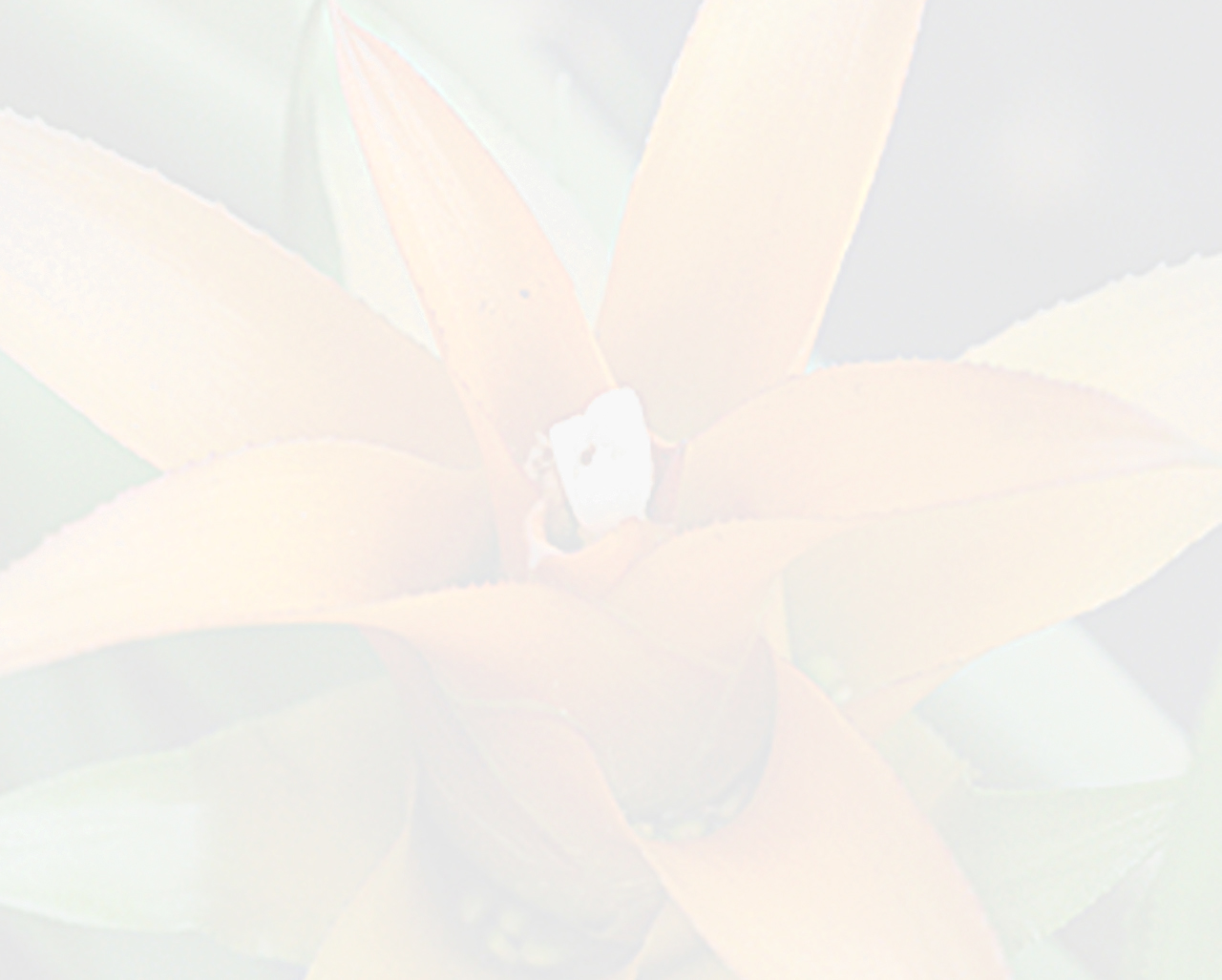Canistropsis albiflora (L.B.Sm.) H.Luther & Leme
Literature references:
*move your mouse pointer over the page numbers to see comment
Comments:
- DISCUSSION
Lyman B. Smith (1943) originally described this species in the genus Neoregelia, but he did not indicate a close relationship with any of the other known species. As distinguishing characteristics he cited the "delicate nature" of the plant, its small size and unusual light green color, and the acuminate floral bracts. More importandy, however in his description Smith did not mention the branched condition of the inflorescence, which was verified only recently after analyzing the holotype. If, on the one hand, this omission is understandable because of the indistinct nature of these lateral branches, on the other, it contributed to the mistaken identification of this species for many years. This, in turn, led to the dissemination of a flawed concept of the taxon in spite of the beautiful drawing that is part of the protologue, which shows the habit and flower details of this species. As a consequence, Nidularium lymanioides, whose branched inflorescence indicated from the beginning that it belonged in Canistropsis, was described unnecessarily and is placed in synonymy here.
As Smith (1943) observed, this is the most delicate-textured species within the genus Canistropsis. The unique subtubular ellipsoidal leaf rosette reminds one of a typical representative of the genus Lymania, whence the name, N. lymanioides, placed in synonomy here. Canistropsis albiflora and C. simulans are obviously related morphologically. Besides the delicate texture of the leaves and the unusual shape of the leaf rosette, C. albiflora differs from C. simulans in the nearly rounded apex of the leaf blades which is provided with a tiny apiculus and in the entire to almost entire floral bracts and glabrous sepals.
C. albiflora grows only as an epiphyte in the understory of slope forests, usually at altitudes over 500 m. It has the same vegetative growth sttategy as species of Lymania; small groups of plants spread spirally by delicate stolons on the stems of shrubs and on slender tree branches. Plants flower from November to January. This species has yet to be recorded in conservation units, but there are two or three documented clones in cultivation, in Brazil and overseas.
The extremely delicate texture of the leaves of C. albiflora mirrors its requirement for very wet habitats such as those of the montane Atlantic forest region of Espirito Santo and the coastal tableland forests ("tabuleiros") of Bahia, where it grows. This species is very sensitive to even the shortest period of drought that may quickly lead to the death of the plants. C. albiflora is naturally quite rare in the wild; it is very sparsely distributed even within its area of occurrence.
C. albiflora grows only as an epiphyte in the understory of slope forests, usually at altitudes over 500 m. It has the same vegetative growth sttategy as species of Lymania; small groups of plants spread spirally by delicate stolons on the stems of shrubs and on slender tree branches. Plants flower from November to January. This species has yet to be recorded in conservation units, but there are two or three documented clones in cultivation, in Brazil and overseas. —See Leme 1998

